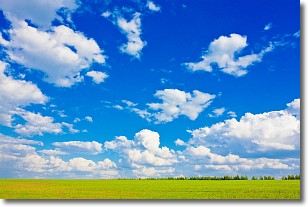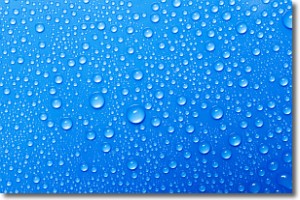Weather Alert in Texas
Beach Hazards Statement issued April 3 at 10:28PM CDT until April 5 at 1:00AM CDT by NWS Houston/Galveston TX
AREAS AFFECTED: Matagorda Islands; Brazoria Islands; Galveston Island; Bolivar Peninsula
DESCRIPTION: * WHAT...High risk of rip currents and minor coastal flooding, mainly during times of high tides expected. * WHERE...Gulf-facing beaches, including the Matagorda Peninsula, Brazoria County beaches, Galveston Island and the Bolivar Peninsula. * WHEN...Through late Friday night. * IMPACTS...Rip currents can sweep even the best swimmers away from shore into deeper water. Elevated tides could lead to minor flooding of beaches, lots, parks, and roads with only isolated road closures possible. This includes the lowest more- prone spots like HWY 87/124 along the Bolivar Peninsula, Western Galveston Island, Bluewater Highway and Surfside.
INSTRUCTION: Remain out of the water to avoid hazardous swimming conditions.
Want more detail? Get the Complete 7 Day and Night Detailed Forecast!
Current U.S. National Radar--Current
The Current National Weather Radar is shown below with a UTC Time (subtract 5 hours from UTC to get Eastern Time).

National Weather Forecast--Current
The Current National Weather Forecast and National Weather Map are shown below.

National Weather Forecast for Tomorrow
Tomorrow National Weather Forecast and Tomorrow National Weather Map are show below.

North America Water Vapor (Moisture)
This map shows recent moisture content over North America. Bright and colored areas show high moisture (ie, clouds); brown indicates very little moisture present; black indicates no moisture.

Weather Topic: What are Cumulus Clouds?
Home - Education - Cloud Types - Cumulus Clouds
 Next Topic: Drizzle
Next Topic: Drizzle
Cumulus clouds are fluffy and textured with rounded tops, and
may have flat bottoms. The border of a cumulus cloud
is clearly defined, and can have the appearance of cotton or cauliflower.
Cumulus clouds form at low altitudes (rarely above 2 km) but can grow very tall,
becoming cumulus congestus and possibly the even taller cumulonimbus clouds.
When cumulus clouds become taller, they have a greater chance of producing precipitation.
Next Topic: Drizzle
Weather Topic: What is Evaporation?
Home - Education - Precipitation - Evaporation
 Next Topic: Fog
Next Topic: Fog
Evaporation is the process which returns water from the earth
back to the atmosphere, and is another crucial process in the water cycle.
Evaporation is the transformation of liquid into gas, and it happens because
molecules are excited by the application of energy and turn into vapor.
In order for water to evaporate it has to be on the surface of a body of water.
Next Topic: Fog
Current conditions powered by WeatherAPI.com




